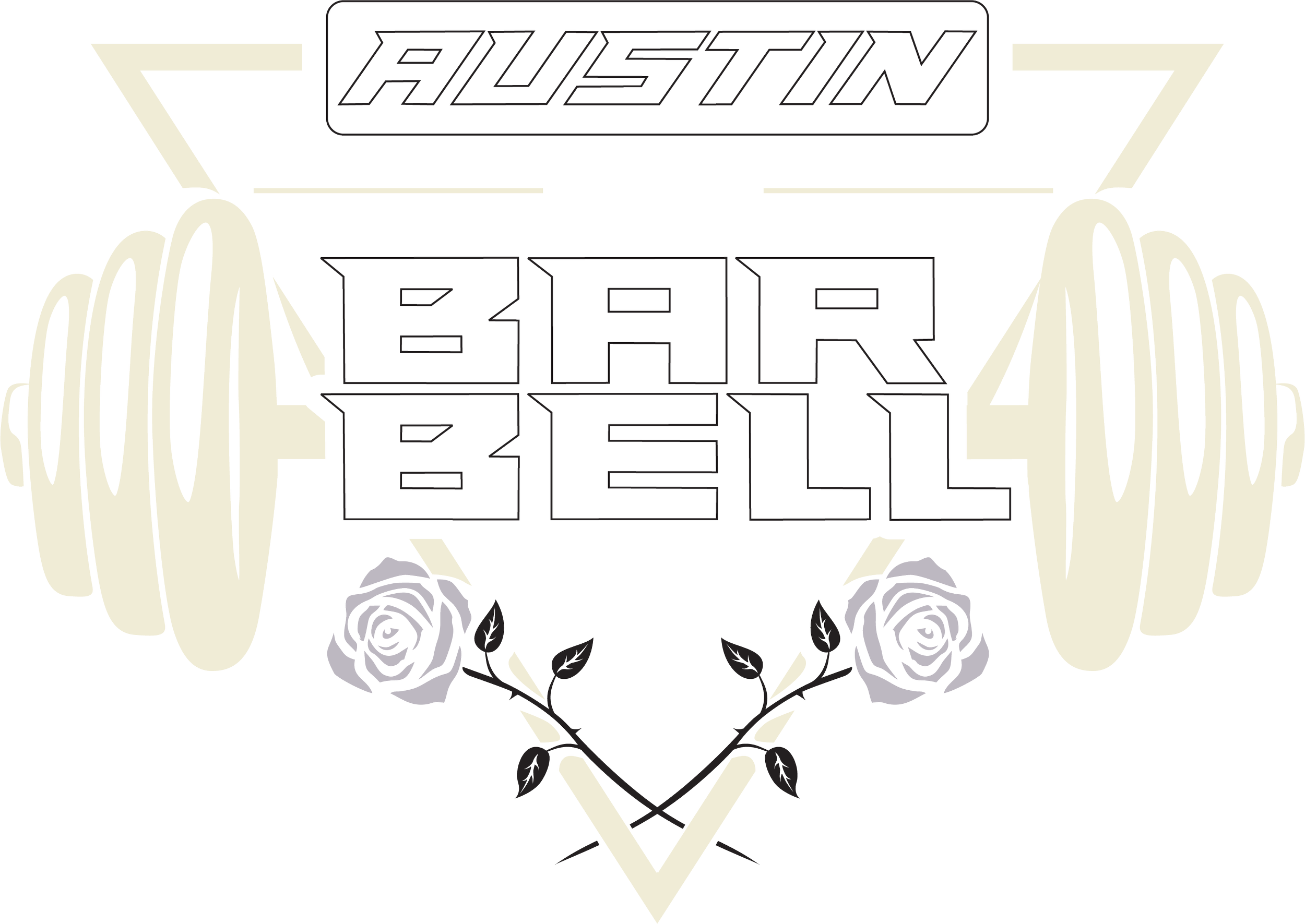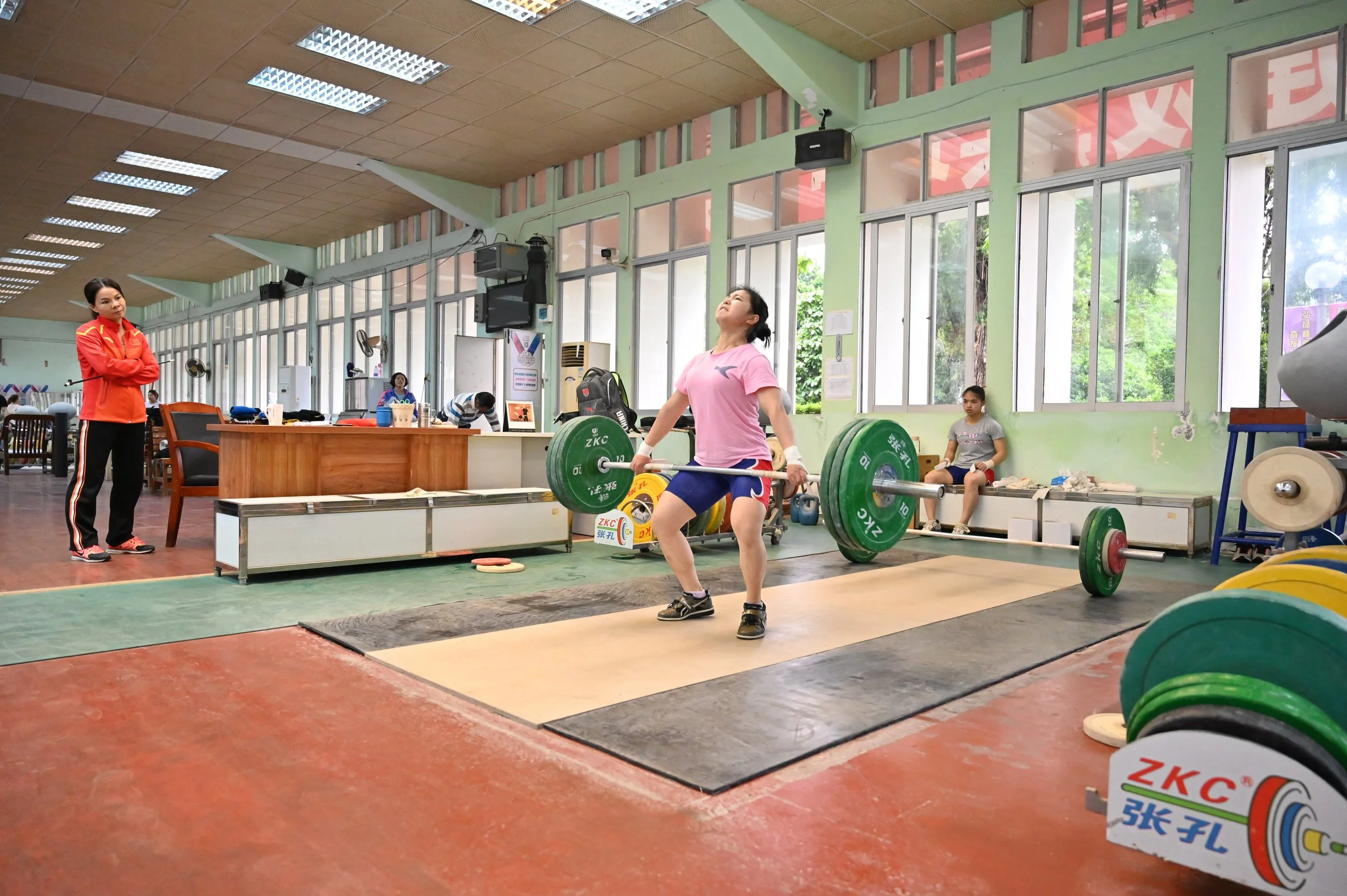In Olympic weightlifting, coaching doesn’t stop when the barbell hits the platform. Calling attempts at competition is part science, part strategy, and part composure under pressure. At Virus Series 2, the difference between a medal and a miss often comes down to the coach’s decisions. Here are the do’s, don’ts, and common mistakes every coach should know.
Read MoreWhen Austin Barbell rolls into a competition, we don’t just show up, we show out. This past weekend at the USA Weightlifting Virus Series 2 and the Texas-Oklahoma WSO Championships in Fort Worth, our athletes proved once again that the system works. From youth lifters making their first real mark on the national platform to seasoned athletes chasing national qualifications, Austin Barbell made noise, filled podiums, and most importantly, walked away with lessons that will fuel the next training cycle.
Read MoreAs parents, we all want to give our kids the best start in life—whether that’s in school, sports, or building lifelong healthy habits. At Austin Barbell, we see more and more parents searching for youth athletic training in Austin that is safe, effective, and age-appropriate.
Read MoreLearn how MEV, MAV & MRV guide your training volume for optimal gains in Olympic weightlifting. Avoid burnout, maximize progress.
Read MoreAt Austin Barbell, team training isn’t just a scheduling option, it’s the backbone of how we’ve been developing athletes for nearly a decade. You can lift a barbell anywhere. You can follow any program. But what you can’t replicate on your own is the energy, accountability, and relentless pursuit of excellence that comes from training as part of a team.
Read MoreOlympic weightlifting—comprises the snatch and the clean & jerk—is one of the most neurologically demanding and biomechanically complex methods of force expression available to the strength and conditioning coach. Unlike ballistic movements such as throws or jumps, the Olympic lifts require athletes not only to project a load vertically, but to receiveit under high velocities in mechanically vulnerable positions. This dual demand—propulsion and absorption—is what differentiates weightlifting from other modalities.
Read MorePowerlifting and Olympic weightlifting recruit muscle fibers differently because the demands of each sport sit on opposite ends of the strength-speed spectrum. Powerlifting leans heavily on Type IIa fibers—strong, powerful, and built for sustained tension under heavy load. The lifts are slower, more controlled, and rely on grinding through maximal resistance. Olympic weightlifting, on the other hand, forces the nervous system to light up all three fiber types—but especially the fast-burning Type IIx fibers.
Read MoreThere’s a moment in every athlete’s journey when the bar stops cooperating. You’re training hard, hitting percentages, eating your chicken and rice—and yet, nothing’s moving like it should. Worse? You’re running yourself into the ground trying to figure out why.
This could be you, Or maybe not yet. At some point in your weightlifting career your progress will stall: doubling down on discipline, ignoring the fatigue, and telling yourself to “push harder.” Classic ego-based logic
Read MoreCrossFit athletes are built different. They’re tough, athletic, and they live in the pain cave more days than not. Most have strength, decent mobility, and conditioning levels the average gym-goer couldn’t dream of. But there’s one piece of the puzzle that’s usually that never quite fits is Olympic lifting.
Read MoreAre you looking to take your Olympic weightlifting performance to the next level? If so, Olympic weightlifting blocks can be an invaluable tool. Weightlifters use blocks for several reasons, such as to reduce fatigue and reinforce proper positioning during the snatch and clean lifts. By breaking down complex lifts into smaller components, lifters can better isolate individual elements like timing, technique, and speed. Blocks also provide variety in your training program, helping reduce the monotony of repetitive training. Read on to learn more about how blocks can help you take your performance to the next level!
Read MoreAthletes frequently ask me about weightlifting methodologies—specifically, the Soviet, Chinese methods and Bulgarian. I’m not going to touch on the Bulgarian system as I have not had any exposure. Having worked closely alongside a Soviet-trained coach and having personally visited Chinese training facilities on several occasions. I've observed these systems firsthand. I believe each offers valuable insights, yet neither provides a perfect blueprint for American weightlifters. Here's why.
Read MoreBy testing a lifter’s force–velocity profile, we can target the exact strength or speed qualities they need to improve. Whether it’s moving a clean faster off the floor or staying sharp on snatches in the Texas heat, VBT gives us real-time data to program smarter, train with intent, and build resilient lifters who don’t just lift big—they lift fast.
Read MoreIf you have been training for a few months or even a few years and have never competed, I would suggest that you jump in; the water is safe. Competition might seem scary, but there is nothing more rewarding than pushing yourself outside your comfort zone. Competition is also a great way to validate your training and work towards your goal. My advice is to not wait too long
Read MoreDuring last weekends Snatch Clinic we touched upon the role of balance as it applies to Olympic Weightlifting. When new athletes first come to train with Austin Barbell, we tend to spend an excessive amount of time retraining the basics.
We take a bottom up approach, first focusing on where the in the foot the athlete is applying pressure during their initial pull. As a rule of thumb we use a 60/40 rule, asking athletes to distribute the majority (60%) of the weight towards the forefoot. For some this may seem counterintuitive, but there is a method to this madness. Read on.
Read More















